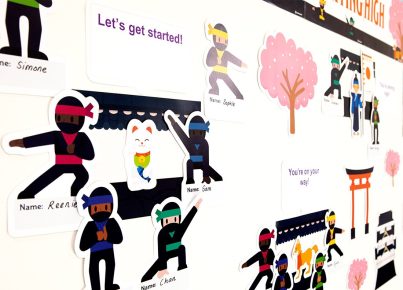The concept of community cohesion has long been a topic of discussion among sociologists, educators, and policymakers. In essence, community cohesion refers to the harmonious coexistence of individuals from various social, ethnic, and religious backgrounds within a particular geographical space. While the twenty-first century boasts interconnectedness and globalization, fostering strong community bonds remains a challenge. To tackle this issue, let’s delve into the pages of history and explore whether historical insights can provide potential solutions.
Firstly, examining past eras of relative cohesion can draw invaluable insights. For example, during medieval Europe’s “Golden Age,” multicultural communities in cities such as Cordoba and Palermo were hubs for intellectual exchange and cooperation. With religious tolerance prevailing at the moment, scholars of different faiths came together in pursuit of knowledge. Thus, understanding the roots of this historical success can inspire actionable policies that reclaim spaces for shared learning and dialogue among diverse members today.
In contrast to the Golden Age example, history also showcases periods when community building measures failed miserably. This perspective may serve as a roadmap for avoiding pitfalls connected to assimilation and marginalization when attempting to foster cohesion today. For instance, nationalist movements throughout history have further deepened social divides by propagating a single narrative or identity at the expense of others. Examining such scenarios reminds us that thriving community dynamics must celebrate diversity rather than enforce homogenization.
Furthermore, studying movements with values grounded in communitarian principles offers enlightening lessons that may contribute to present-day efforts. Take Mahatma Gandhi’s vision of Sarvodaya (the upliftment of all), which emphasizes placing marginalized communities at the forefront and strengthening their participation in decision-making processes. Applying these principles may enable creating more inclusive communities that ensure everyone’s well-being is considered and nurtured.
Historical examples of collaborative structures can also offer guidance regarding modern-day challenges. The Iroquois Confederacy, a union between tribes in pre-colonial North America, embraced democratic deliberation and shared authority. As present-day communities grapple with civic engagement and participatory decision-making, analyzing the mechanisms of these historical systems could help us build sustainable, equitable societal configurations.
Lastly, analyzing grassroots social movements from the 20th century can serve as a beacon for contemporary community efforts. The Civil Rights Movement in the United States exemplified the power of a community rallying to unearth long-standing injustices. John Lewis’s call to action of creating a “Beloved Community” emphasizes an interdependent society built upon compassion and understanding. Such visions can inspire community members and policymakers alike.
In conclusion, revisiting our history not only offers valuable insights into scenarios that enabled community cohesion but also serves as a cautionary tale for pitfalls that may sabotage such endeavors. By learning from these lessons — from historical eras of tolerance and prosperity to prominent social movements — we can strive to create more resilient, inclusive, and cohesive communities where individuals from various backgrounds successfully coexist and thrive together.





